Language is always changing, but some old-school words are just too good to leave behind. They have personality, color, and a kind of charm that modern slang can’t always match. Here are a few vintage gems we think deserve a spot in everyday conversation again. Who knows—maybe they’ll make your chats a little more fun.
Bee’s Knees

In the 1920s, everything had to have flair, even the compliments. “Bee’s knees” showed up as one of dozens of playful nonsense phrases—like “cat’s pajamas” or “elephant’s adenoids”—meant to mean something excellent. This one stuck. It’s credited to cartoonist Tad Dorgan and became popular during the Jazz Age to describe anything impressive, whether it was a band or a bakery. It doesn’t mean anything literal, and that’s partly why it works—it lets you praise something without sounding stiff or cliché.
Betwixt

Before “between” became the standard, there was “betwixt.” It’s a Middle English holdover, simple in meaning but richer in sound. You’ll still find it in legal language or older literature, but it used to be common in everyday speech. It does the same job as “between” but adds a softness and rhythm that makes it feel less technical.
Thrice

Most of us use “once” and “twice” without a second thought. But “thrice,” which just means “three times,” has mostly faded outside of poetry or religious writing. That’s odd, considering how efficient it is. It was perfectly normal in English for centuries, used in everything from formal writing to casual speech.
Rapscallion

“Rapscallion” walks the line between insult and nickname. It comes from “rascal” and was used in the 1600s to describe someone up to no good. But over time, the word softened—it became more about charm than threat. You might hear it in classic novels or old movies describing a mischievous boy or a charismatic con man. It still conveys disapproval, but not in a serious way.
Dame
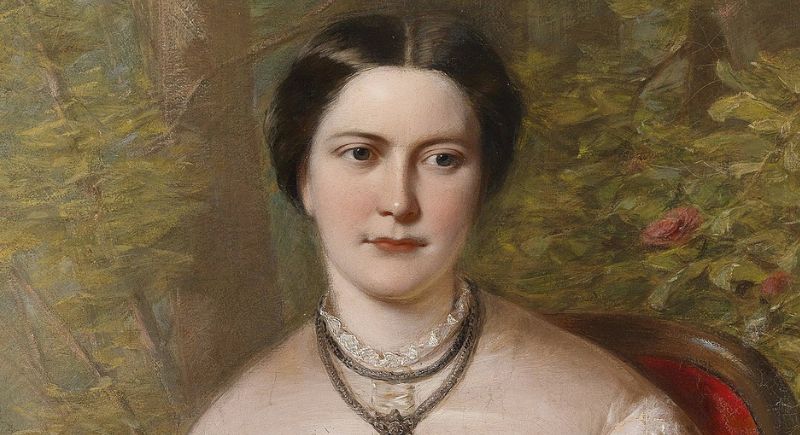
“Dame” goes back centuries and has meant different things depending on where you were. In British society, it’s a formal title usually granted to women who’ve achieved a certain honor. In American usage, though, especially in mid-20th-century slang, it referred to a woman with presence—sometimes used admiringly, sometimes not. It carried weight and wasn’t always flattering, but it was rarely dismissive.
Overmorrow

“Overmorrow” is one of those words that makes you wonder why we ever stopped using it. It means exactly what it sounds like—the day after tomorrow. It shows up in older English but fell out of favor by the early 20th century. It’s more efficient than saying “the day after tomorrow,” especially in writing, and there’s nothing outdated about its structure. The word is clear, intuitive, and functional.
Fisticuffs
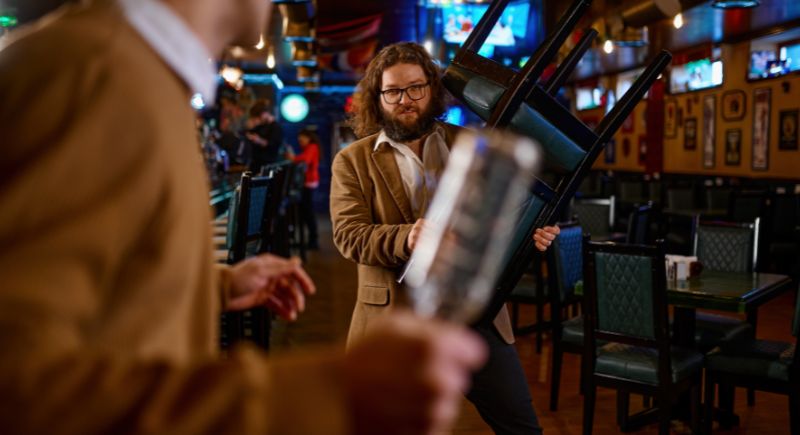
The term “fisticuffs” once described a basic, bare-knuckled fight. It dates back to the 1600s and was used widely well into the 1800s. It doesn’t mean brawling with weapons or even serious violence—just hand-to-hand combat, usually quick and spontaneous. You might find it in early newspapers or legal records describing bar fights or street scuffles.
Dandy
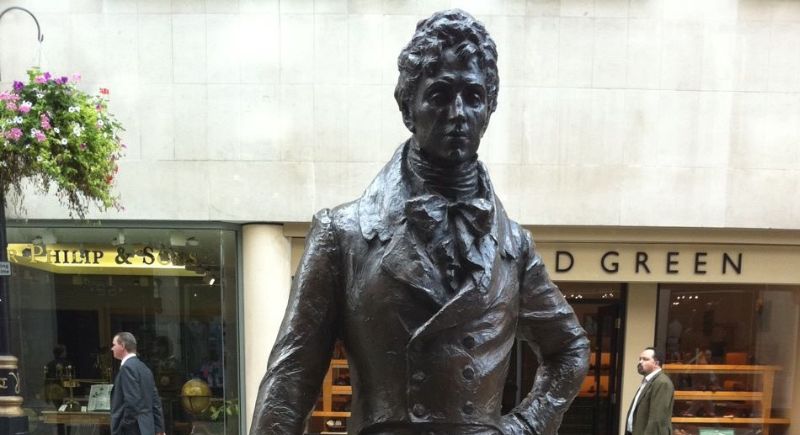
In the 18th and 19th centuries, a dandy was a man who paid close attention to his appearance and often used that as a way to express independence or rebellion. This could include, for example, figures like Beau Brummell in England or Oscar Wilde’s early years. It could be a compliment or an insult, depending on who said it and why.
Put a Sock in It
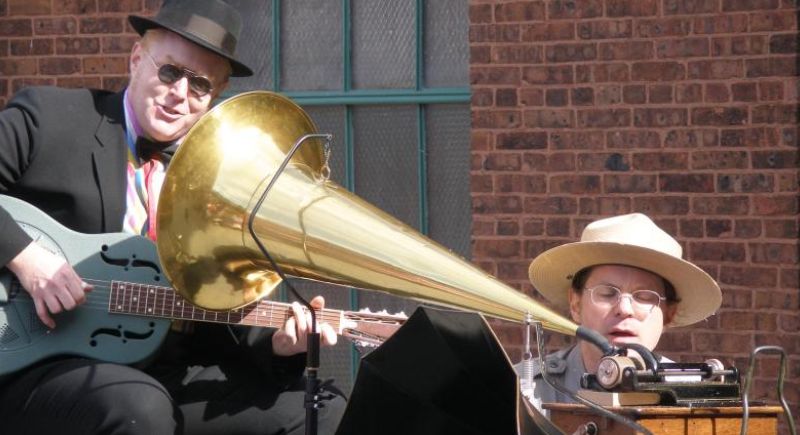
This phrase likely started in the early 1900s, with theories linking it to phonograph horns—where literally stuffing a sock into the horn would muffle the sound. Whether or not that’s accurate, the meaning’s clear: quiet down. It’s direct but not hostile. It was commonly used in households, schools, and workplaces through the mid-20th century. Unlike harsher commands, it carries a dry sense of humor.
Boy Howdy
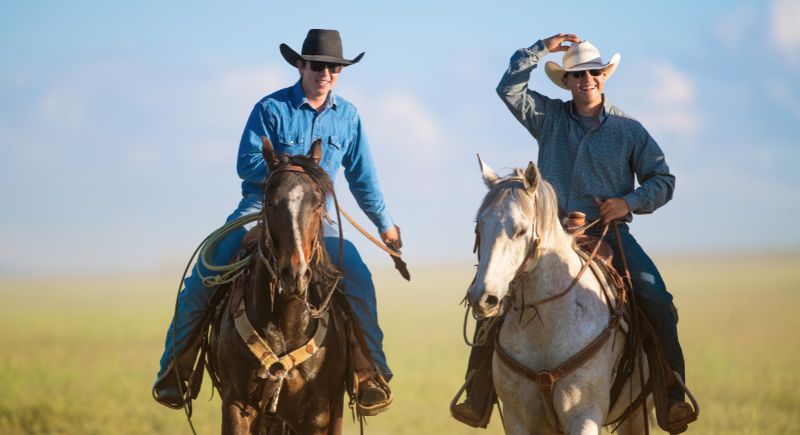
“Boy howdy” came into use in the American South and Midwest in the early 20th century. It’s an exclamation of surprise or agreement, and it was especially common among radio hosts and comic strip characters. The phrase probably stuck because of its rhythm—it’s quick, punchy, and easy to remember. It doesn’t mean anything specific, but that’s part of the appeal. It fills the same role as “no kidding” or “you bet,” but with a bit more personality.
Shake a Leg
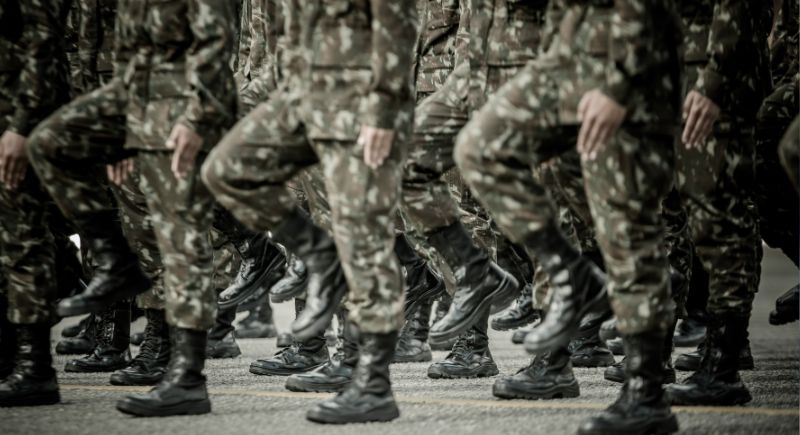
Originally used in military contexts and later in American households, “shake a leg” was a way to get people moving—literally or figuratively. It often popped up during roll calls or morning routines, telling someone to get out of bed or pick up the pace. The phrase carried urgency but also familiarity. Parents used it with kids, drill sergeants used it with recruits, and it worked because it implied motion, not punishment.
Dapper

“Dapper” has always referred to neatness, but in a specific way—tidy, stylish, well-groomed, but not flashy. It’s most often used to describe men, especially those who dress with care and confidence. The word has German roots and made its way into English centuries ago. By the 1900s, it was commonly used in department store ads and magazine copy.
Nifty

“Nifty” emerged around the 1860s and gained popularity in the 1920s, especially among younger speakers. It means clever, effective, or just plain enjoyable. Unlike words like “awesome” or “cool,” which often feel vague or overused, “nifty” has a specific texture to it. You might call a solution nifty, or a gadget, or even a shortcut. The word has stuck around in pockets, but it deserves a wider return.
Jackanapes

Originally used to referred to a tame monkey, often dressed in clothes and used for entertainment, the phrase shifted to describe a person—usually a young man—who was arrogant, disrespectful, or acting above his station. It’s an insult but a clever one, and it paints a very specific picture. You wouldn’t use it casually, but when someone’s showing off without cause, it still lands with precision.
Hit the Bricks
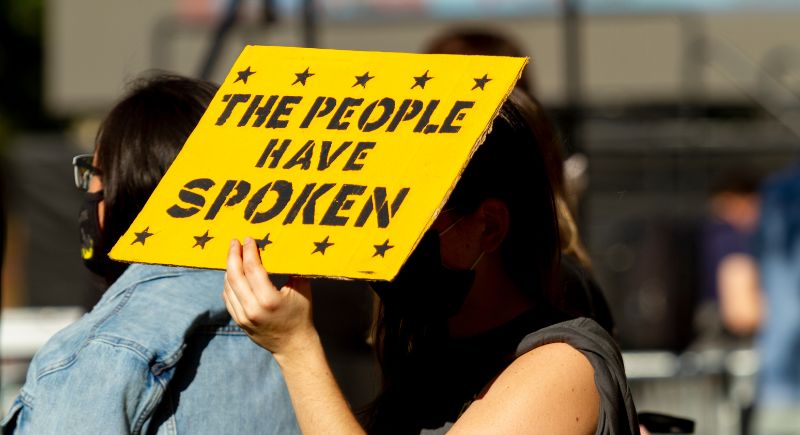
This phrase dates back to the early 20th century, especially in urban areas where “bricks” referred to city sidewalks. “Hit the bricks” could mean a few things: start walking, leave quickly, or, in some cases, go protest. It was also slang for being fired—told to clear out. It’s tied to times when work wasn’t guaranteed, and the streets were where you looked for an opportunity.